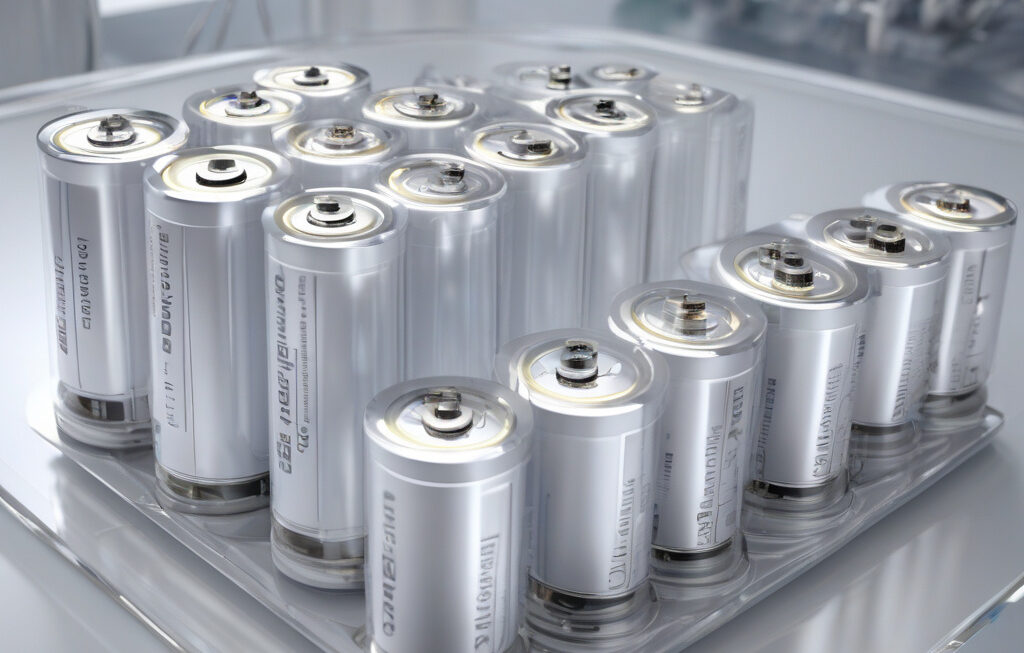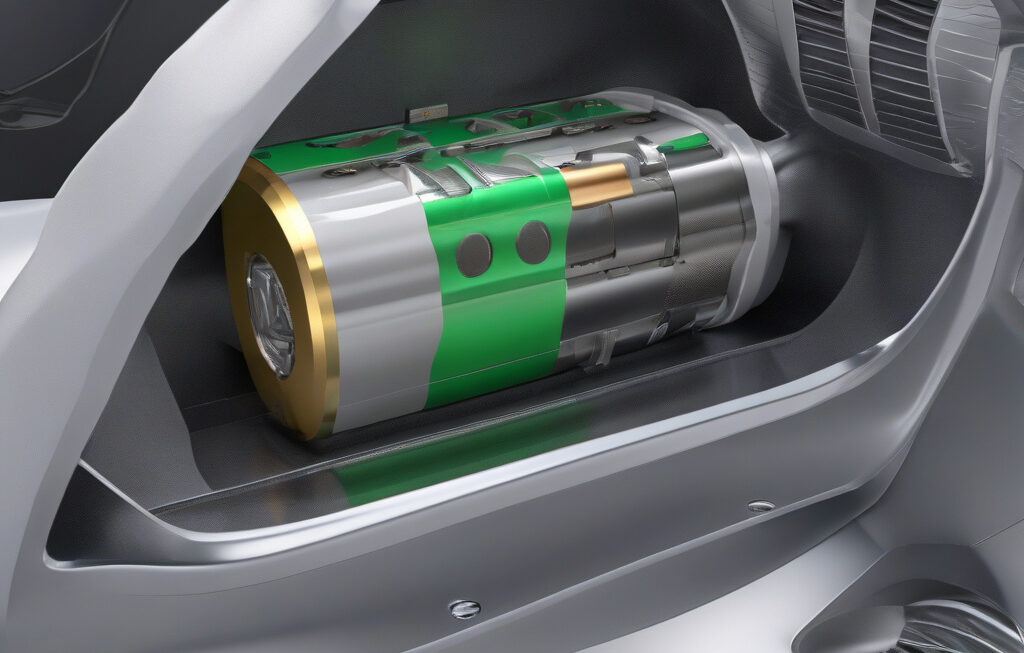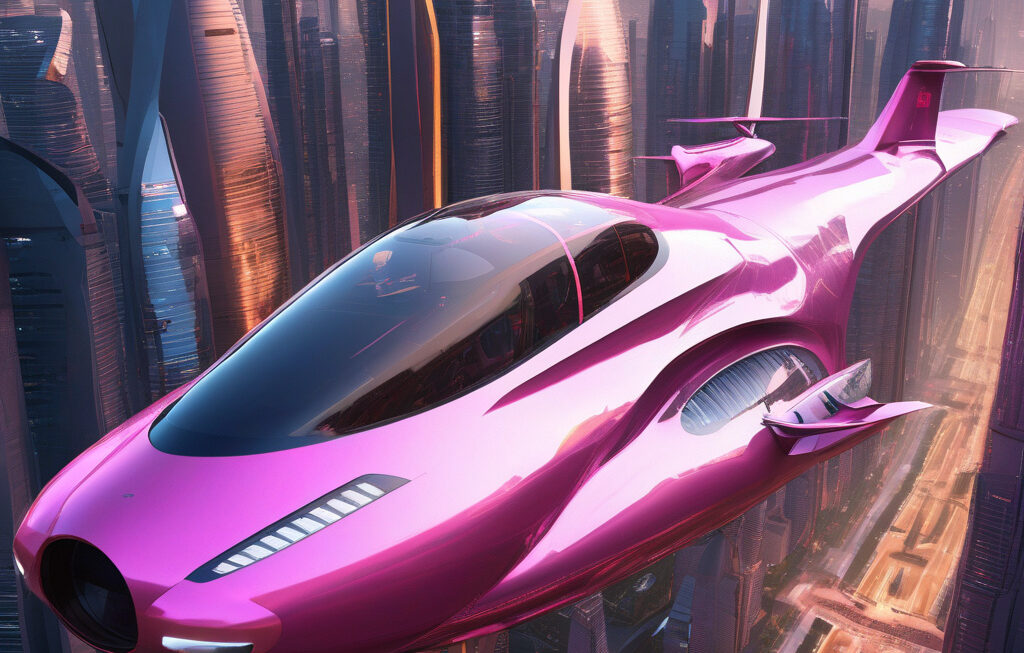Cybertruck Owner Tests Elon Musk’s River-Crossing Claim, Vehicle Stuck in ‘Wade Mode’
A Cybertruck owner from Truckee, California, has managed to get his Cybertruck stuck after testing Elon Musk’s bold claim about its ability to ford through water. The incident, which took place on the banks of the Truckee River, has sparked conversations about the practicality and reliability of Tesla’s much-anticipated electric pickup truck.
The Cybertruck, known for its futuristic design and purported durability, was put to the test by the owner who attempted to cross the Truckee River, following Musk’s statement that the vehicle could seamlessly navigate through water thanks to its adaptive air suspension and sealed battery compartments. However, things took an unexpected turn when the Cybertruck got stuck in what is known as ‘Wade Mode,’ a feature designed to optimize the vehicle’s performance in water.
Despite the owner’s efforts to dislodge the Cybertruck from its predicament, the vehicle remained stranded, prompting onlookers to question Musk’s claims about its water-crossing capabilities. While Tesla has yet to release an official statement regarding the incident, the mishap has raised concerns about the practical limitations of the Cybertruck’s design in real-world scenarios.
This event serves as a cautionary tale for both prospective Cybertruck buyers and enthusiasts eagerly awaiting its release. While Musk’s promises of groundbreaking technology and innovation have generated significant hype around the vehicle, it is essential to approach these claims with a critical eye and realistic expectations.
The Cybertruck’s entanglement in ‘Wade Mode’ highlights the importance of thorough testing and evaluation before pushing the boundaries of a vehicle’s capabilities. As advancements in electric vehicles continue to revolutionize the automotive industry, it is crucial for manufacturers to ensure that their products deliver on their promises without compromising on safety and practicality.
In light of this incident, it remains to be seen how Tesla will address the concerns raised by the Cybertruck owner’s plight. Whether through software updates, enhanced features, or clearer communication about the vehicle’s limitations, addressing this issue will be crucial for maintaining the trust and confidence of consumers.
As the automotive landscape evolves with the introduction of electric vehicles and autonomous technology, incidents like the Cybertruck’s river-crossing mishap serve as valuable lessons for manufacturers and consumers alike. By approaching innovation with a blend of excitement and skepticism, we can navigate the ever-changing terrain of the automotive industry with confidence and clarity.
In conclusion, the Cybertruck owner’s experience serves as a reminder of the importance of scrutinizing bold claims and promises in the realm of automotive innovation. While Elon Musk’s vision for the future of electric vehicles is undeniably compelling, real-world testing and practical considerations are essential for turning that vision into a reliable reality.
Cybertruck, Elon Musk, Tesla, Electric Vehicles, Automotive Industry












